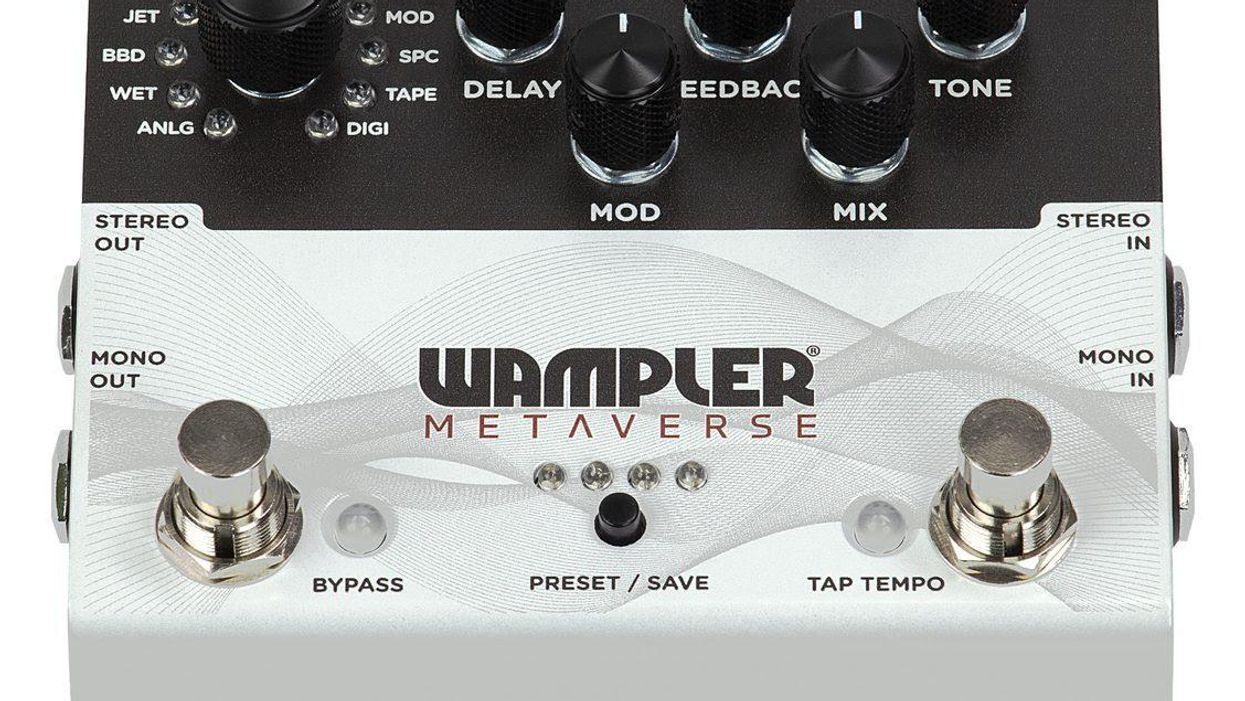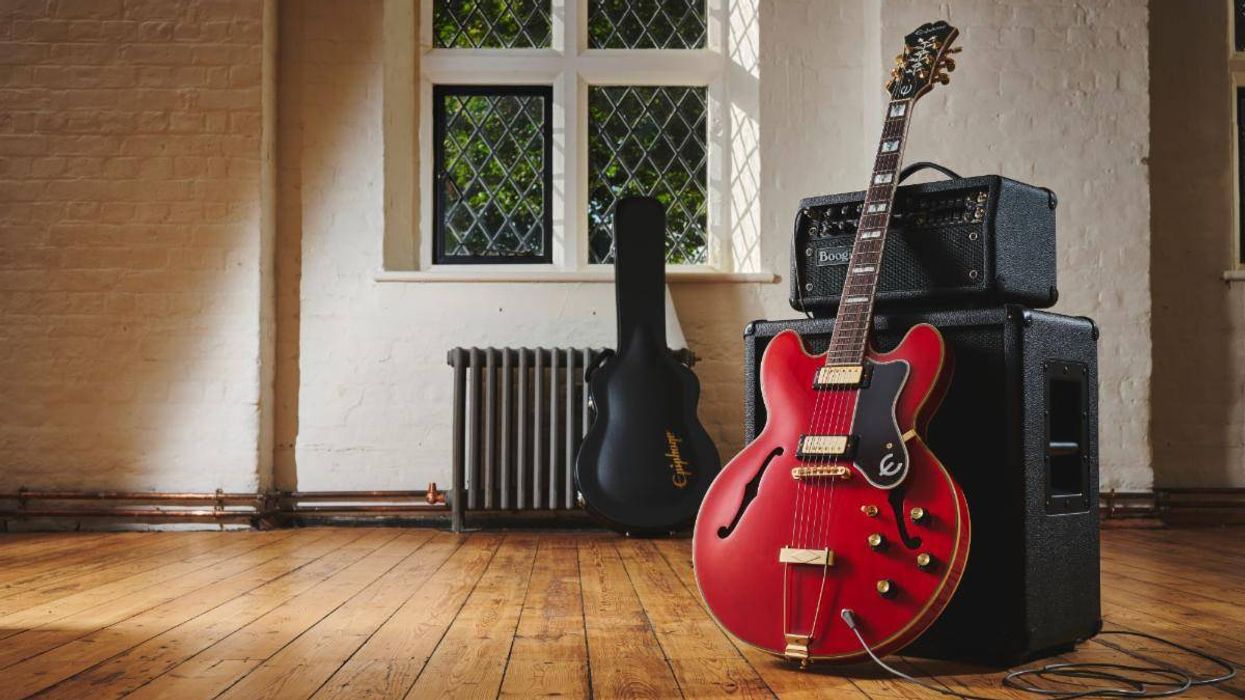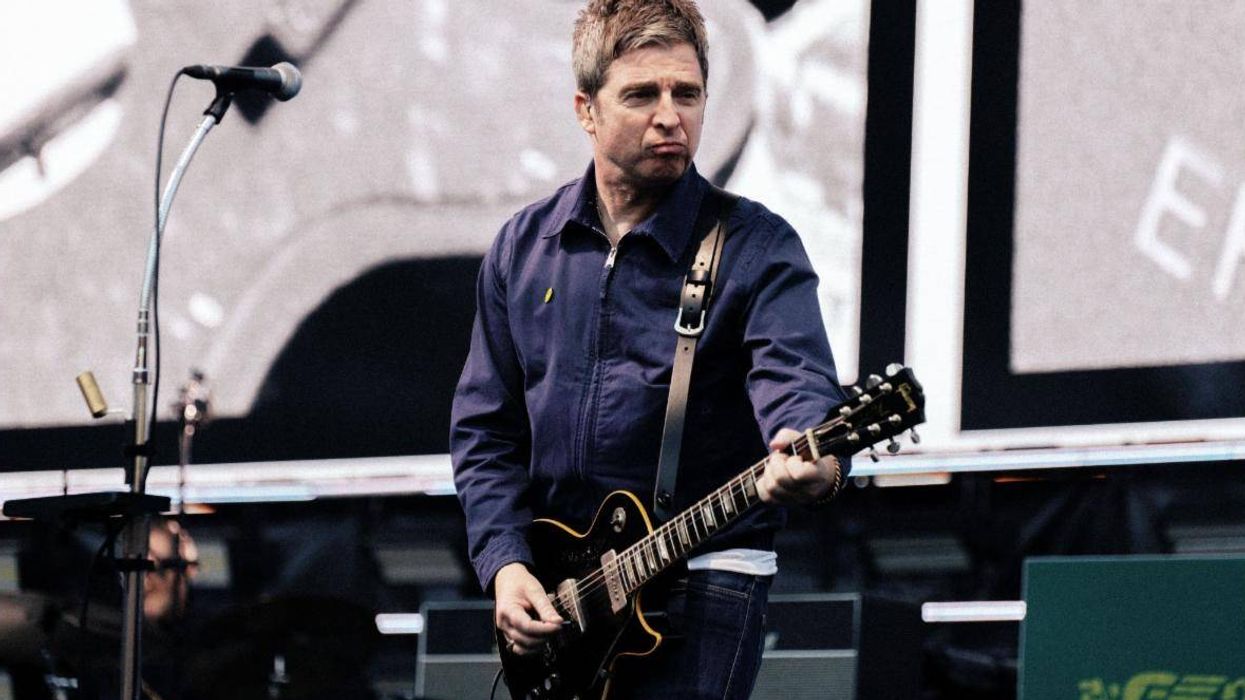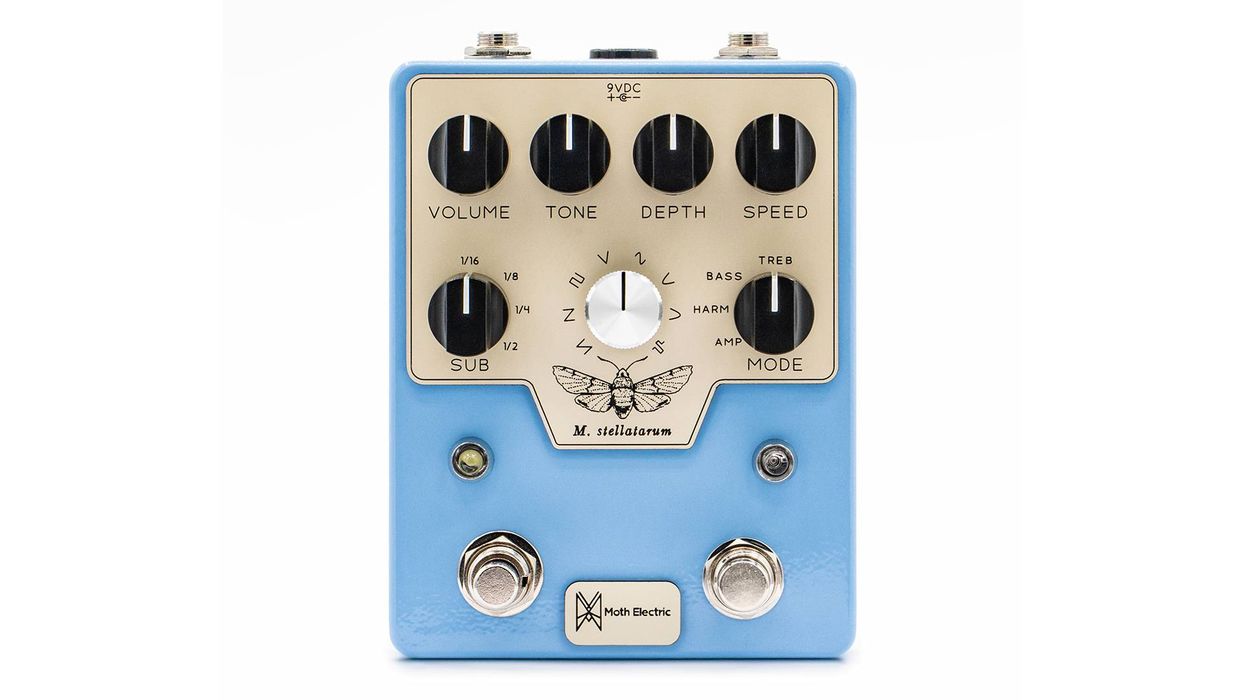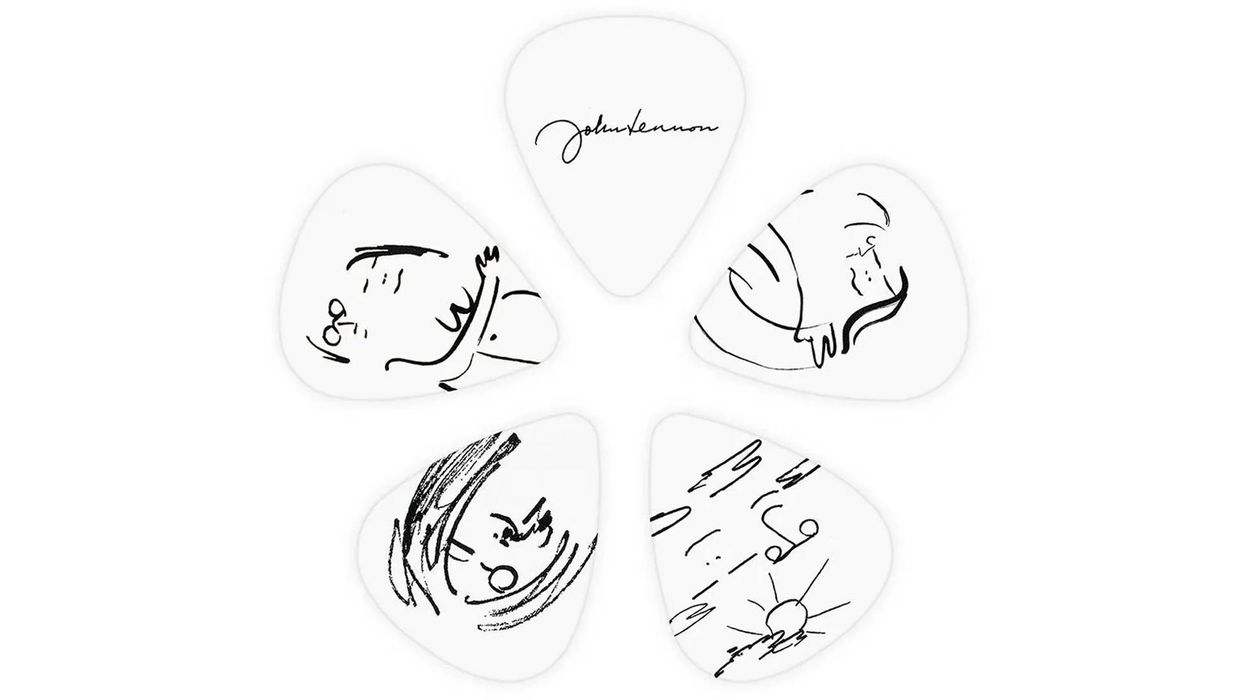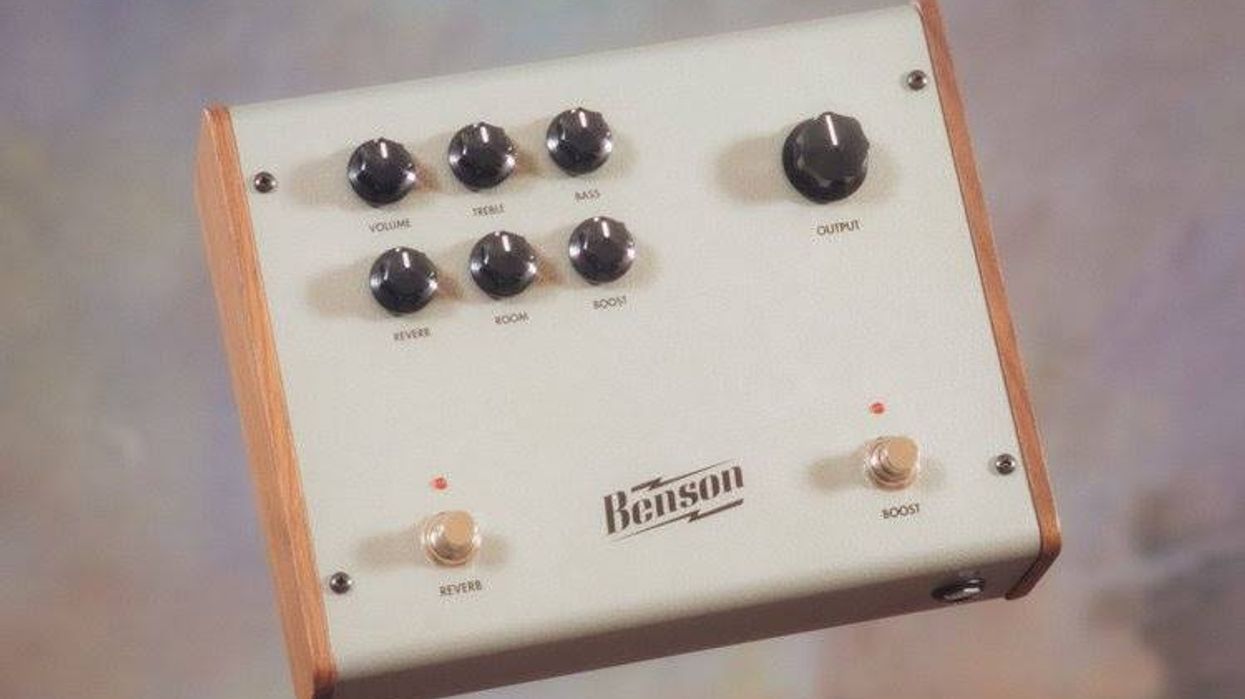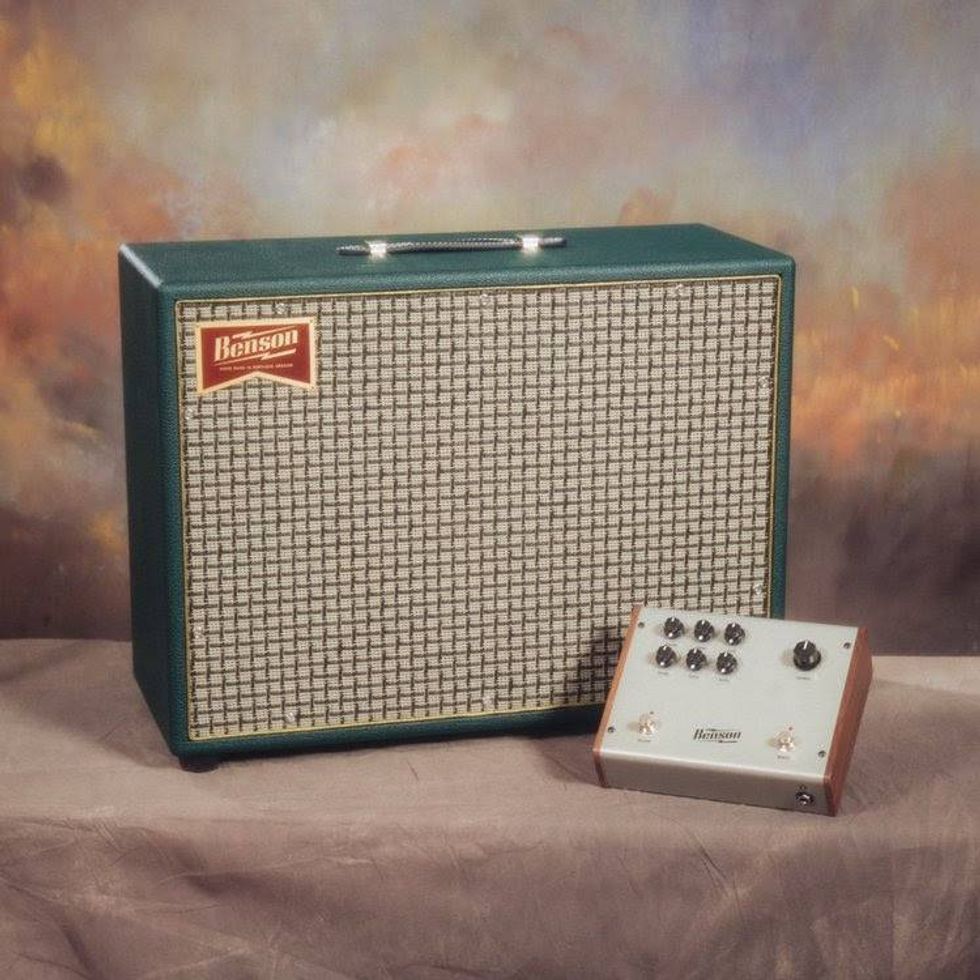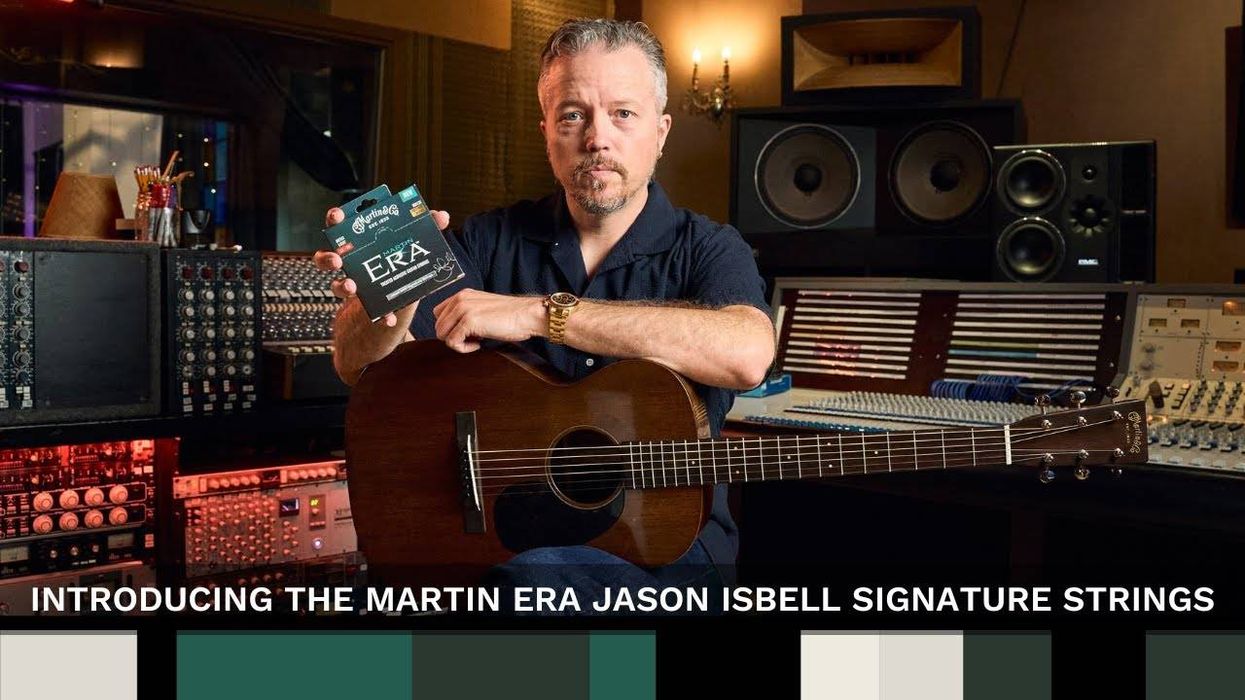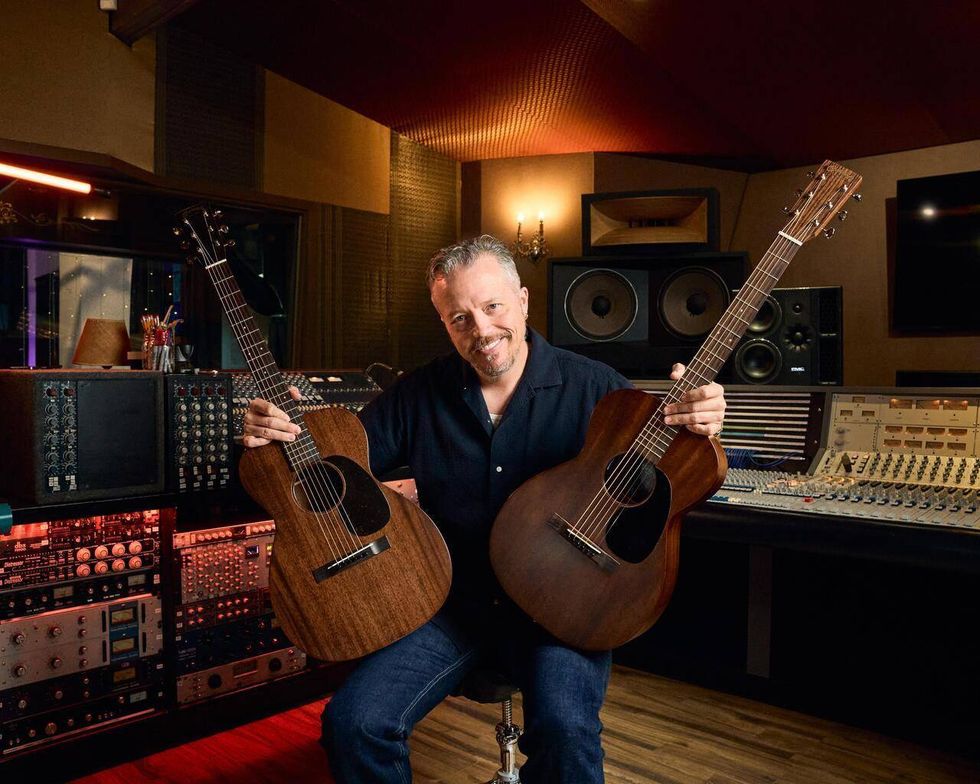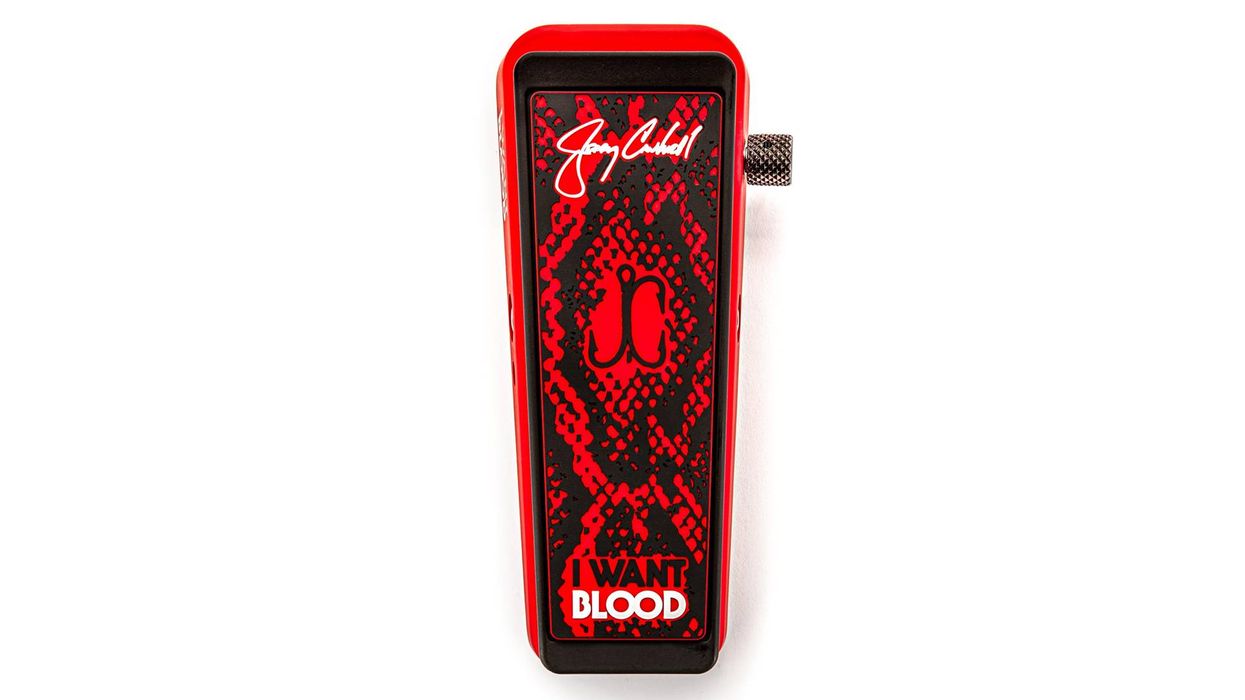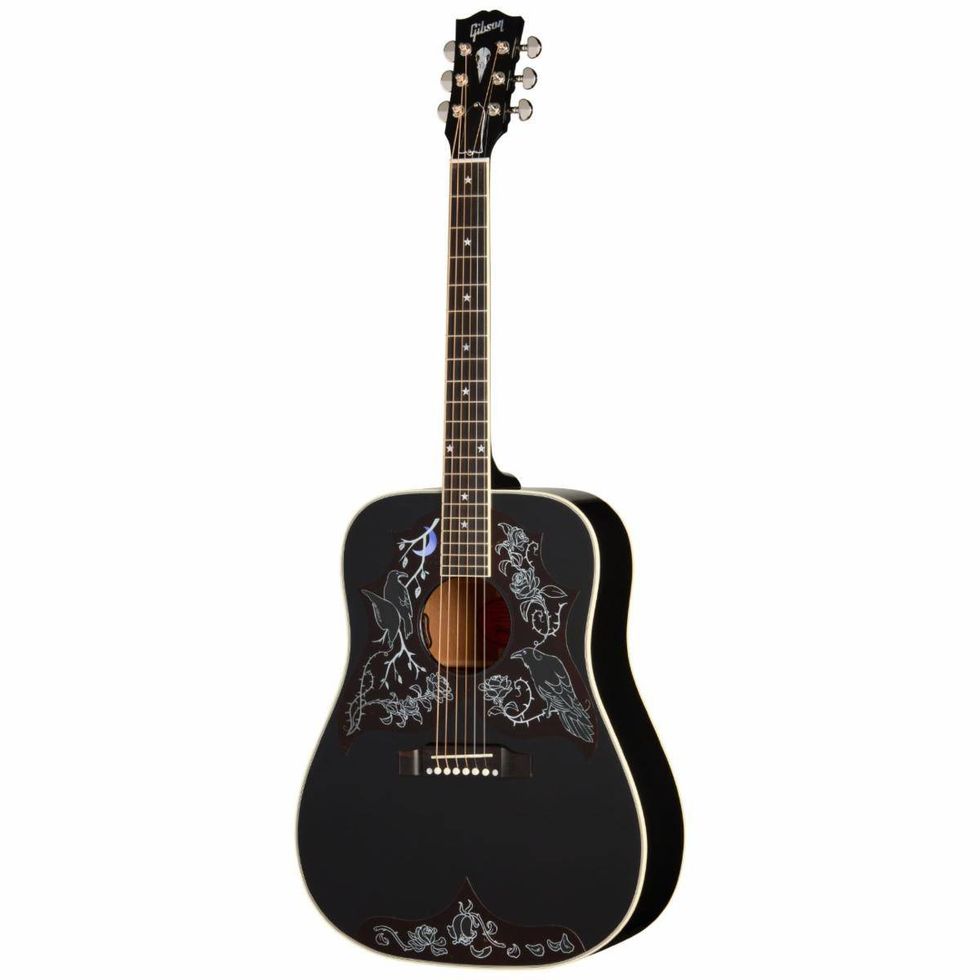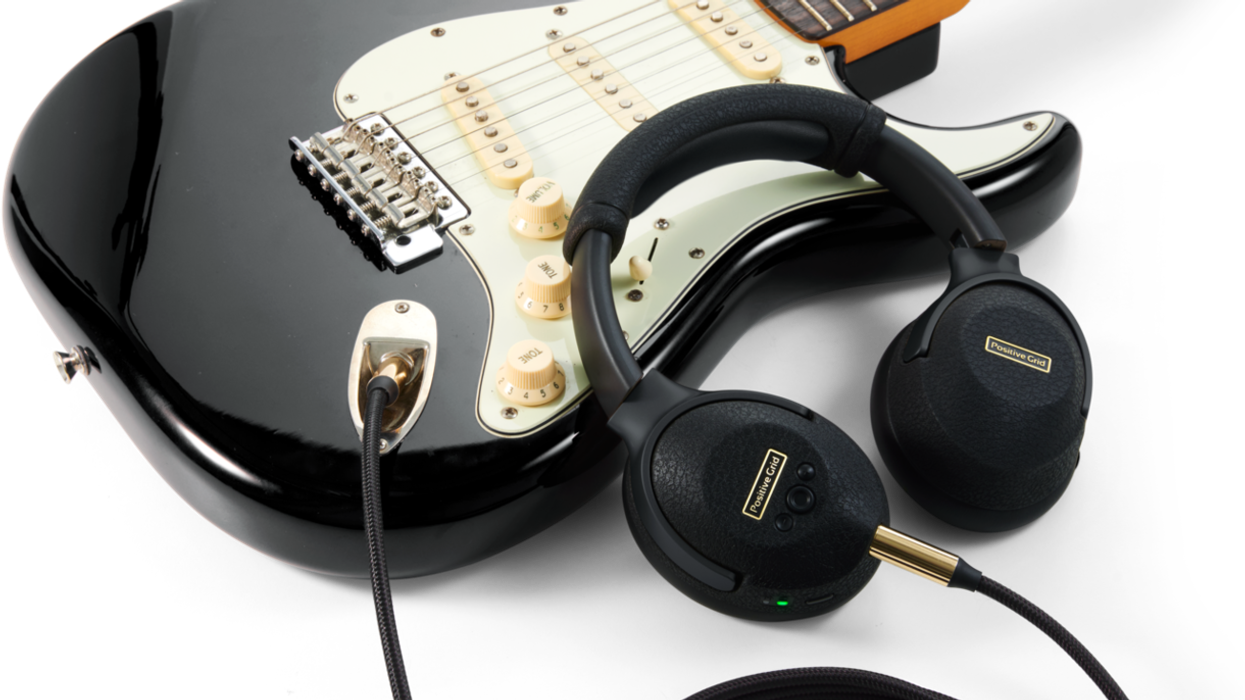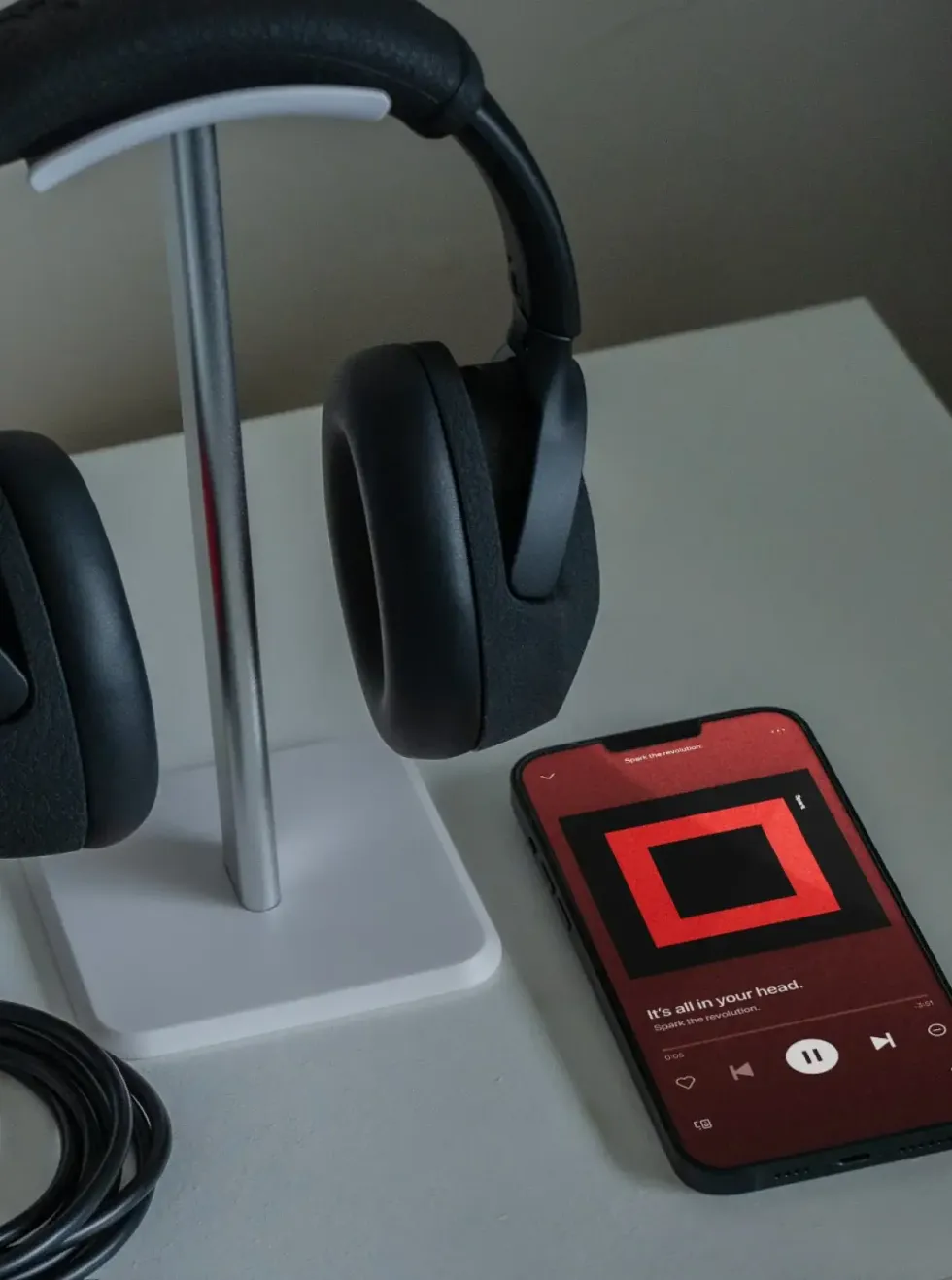Combining 11 of Brian Wampler's all-time favorite delays, the Metaverse is fully programmable and has an expression input that you can assign to any of the parameters.
Additionally, for the first time ever, we are offering a complete software version of the pedal via a set of 11 AU and VST3 plugins compatible with most popular DAWs - FREE to all customers that register their Metaverse Warranty online (plugin suite is $49.99 if purchased separately).
Just like the Terraform that came before it, the Metaverse is an advanced, feature-packed design that allows you to navigate the delay world without endless menus on a tiny display. The Metaverse offers a small-footprint stomp box that is fully programmable, preset capable, true stereo, full MIDI control, and has an expression input that you can assign to any of the parameters.
Eleven Onboard Delay Algorithms
1. ANLG - Analog Style Delay
This Program was inspired by Brian’s love of the Boss DM-2 analog delay. He pays respect to characteristics of its warm and responsive tone and gives it that Wampler touch. This program gives you that kind of dark, smooth, analog delay that would have been found in the mid-1980’s.
2. WET - Modulated Analog Delay
Sometimes an echo adds a bit more chewiness and subtle tape-like modulation and hits the right spot. That’s one of the things that Brian loves about the Aqua Puss analog delay. So, we created those characteristics in this algorithm as a homage to the famed delay. If you love vintage boutique analog delays, you’ll love this setting which can almost warp space and time with its liquid repeats.
3. BBD - Bucket Brigade Delay
Brian was always pulling out an old Memory Man Delay to inspire performative, improvisational delay expressions. He wanted to create a program that would recreate that feeling, tonally. Drawing inspiration from one of the warmest sounding delay pedals ever, this algorithm will take you back to the late-1970s when the visionaries of the pedal industry first introduced a real alternative to tape-based echo thanks to a humble little circuit - the Bucket Brigade Delay.
4. JET - Analog Flanger Delay
This is where the team had a little fun. This Program combines the smooth ANLG Program with the unmistakable whooshing sound of a beautiful additive flanger effect.
5. DOC - Wampler ‘The Doctor’
The next regeneration of the Doctor is surely a welcome one and has been fully modelled in this program. Experience the warm modulated delay tone and trail degradation from one of Brian Wampler’s most experimental delay pedals.
6. FTE - Wampler ‘Faux Tape Echo’
This is one of our most popular delay pedals and for good reason. A lot of tape emulation delays simply add chorus to an existing digital delay circuit. Brian was not satisfied with this approach. So, he re-imagined and re-engineered it. The result was a delay pedal that reacted and sounded like a real tape delay unit.
7. ETH - Wampler ‘Ethereal’ Delay
The Ethereal is Wampler’s famous ‘all-in-one’ digital delay and reverb pedal. This program recreates the overlaying twin delays present in this pedal. This is not strictly a ‘dual delay’ algorithm. There is also a secondary delay layer that adds a new pulsing dimension to the sound.
8. MOD - Digital Flanger Delay
Like the JET delay program, this program mixes a gorgeous flanger modulation with our crisp/clean DIGI algorithm to add an extra mix of awesome delay and modulation.
9. SPC - ECHO SPACE DELAY
This tape echo algorithm is a tribute to the classic Maestro Echoplex delay with Brian’s unique take. This delay is famous for its self-oscillation capabilities and this program takes that a step further.
10. TAPE - Multi-Head Tape Delay
Inspired by the tones on classic records utilizing the vintage Binson® Echorec® and other mechanical tape and drum delays, this program emulates some of the most important delay sounds in rock music.
11. DIGI - Digital Delay
Based on Brian’s tonal interpretation of what was considered the ‘Industry Standard’ digital delay, TC Electronics 2290 Dynamic Digital Delay, this program is super clean for precise and modern delay tones that are both studio and stage worthy.
Features
- Studio quality conversion 48 kHz Sampling rate with 24-bit audio
- Full 20Hz to 20kHz frequency response
- 11 Studio-quality vintage and modern delay effects designed and realized in-house at Wampler
- Includes entire Metaverse Plugin Suite ($49 value)
- Simple user interface making your sound design instantaneous
- All parameters controllable via an outboard expression pedal
- 8 onboard preset locations to save your favorite patches, 128 total via MIDI
- Full MIDI control with CC and PC commands
- True Stereo or mono I/O
- Pedalboard friendly enclosure footprint
- Power draw - 9v DC center pin negative, external supply only: 130mA at 9v
- Dimensions : 4.5" x 3.75" x 2.25"
- Weight: 2 pounds
- Includes Wampler’s limited 5-year warranty
- Assembled in the USA
MAP/Suggested Retail - $349.97. More info at www.wamplerpedals.com.
